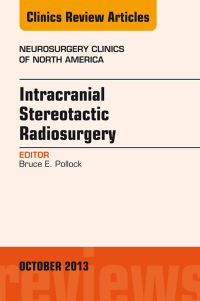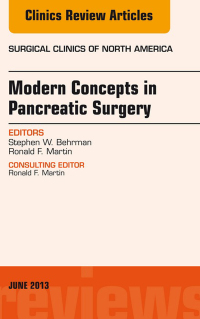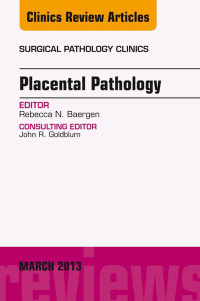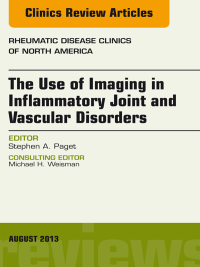-79%
Exploring the Frontiers of Breast Health: Unlocking Insights and Empowering Solutions
Imaging Modalities: Unveiling Hidden Truths
Breast imaging plays a pivotal role in the early detection and characterization of breast disorders. This issue delves into the intricacies of various imaging modalities, including:
- Mammography: The cornerstone of breast cancer screening, mammography provides high-resolution images to identify suspicious masses and microcalcifications.
- Ultrasound: A non-invasive technique that uses sound waves to generate real-time images, ultrasound is valuable for evaluating breast cysts, fibroadenomas, and other benign masses.
- Magnetic Resonance Imaging (MRI): A powerful tool for visualizing breast tissues, MRI can detect subtle abnormalities that may not be apparent on other imaging methods.
Benign Breast Disorders: Dispelling Myths and Providing Clarity
Benign breast disorders encompass a wide spectrum of conditions that can cause discomfort or alarm, but typically do not pose a risk of malignancy. This issue explores the clinical manifestations, diagnostic criteria, and management strategies for common benign breast disorders, including:
- Fibrocystic breasts: Characterized by the presence of palpable lumps, thickening, and breast pain, fibrocystic breasts are a benign condition that affects many women.
- Fibroadenomas: Smooth, rubbery tumors that often occur in young women, fibroadenomas are typically benign and require no treatment unless they cause symptoms.
- Mastitis: An inflammation of the breast, mastitis is commonly associated with breastfeeding and can be caused by bacterial infection.
Hereditary Breast and Ovarian Cancer: Unraveling Genetic Predispositions
Certain inherited gene mutations, particularly in the BRCA1 and BRCA2 genes, significantly increase the risk of developing breast and ovarian cancer. This issue provides an in-depth analysis of:
- Genetic counseling: The process of assessing a patient’s personal and family history to identify individuals at increased risk of carrying a cancer-related gene mutation.
- Genetic testing: Laboratory tests that can identify specific gene mutations associated with breast and ovarian cancer, allowing for targeted screening and preventive measures.
Contemporary Management and Treatment Options for Breast Cancer: Advancing the Fight
Breast cancer remains the most common cancer among women, but significant advancements in treatment options have transformed the prognosis for patients. This issue explores the latest:
- Surgical advancements: Techniques such as breast-conserving surgery, sentinel node biopsy, and oncoplastic surgery offer less invasive and more targeted approaches to breast cancer treatment.
- Medical therapies: Chemotherapy, radiation therapy, targeted therapies, and hormonal therapies play crucial roles in managing breast cancer and improving patient outcomes.
- Immunotherapies: Innovative therapies that harness the body’s own immune system to fight cancer are showing promising results in the treatment of breast cancer.
Special Considerations in Breast Cancer Patients and Survivors: Nurturing Holistic Care
Breast cancer not only affects physical health but also has profound emotional and social implications. This issue recognizes the unique challenges faced by breast cancer patients and survivors and discusses:
- Psychological support: Addressing the emotional toll of breast cancer through counseling, support groups, and mindfulness practices.
- Nutritional guidance: Optimizing nutrition to support treatment and recovery, reduce side effects, and promote overall well-being.
- Fertility preservation: Exploring options for preserving fertility for women who may wish to have children after breast cancer treatment.










Reviews
Clear filtersThere are no reviews yet.